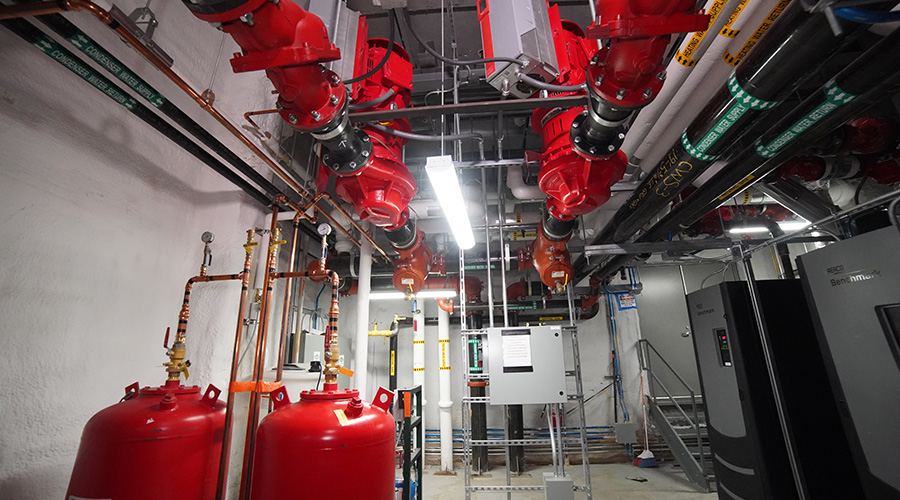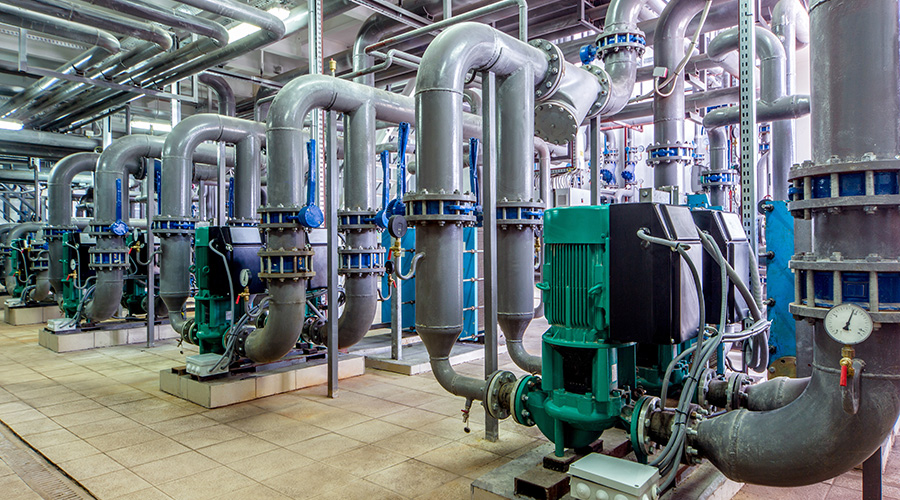Ceiling-Mounted AC Units Solve Space Issues
Managers face challenges in attempting to ensure proper cooling because many facilities are in a constant state of flux.
Problems can arise from equipment added after the original HVAC system is installed, creating a cooling demand the system cannot handle.
A common example is adding a data center or remote computer room, sometimes no larger than a closet. After the computer equipment’s installation, computer system crashes begin to occur because air conditioning cannot handle the increased heat load. In many instances, the room also is closed off for security reasons, and the building HVAC is not able to reach it.
This situation can be a major problem for several reasons. First, the problem is not temporary. Second, the heat load not only causes computer crashes. It also eventually can destroy delicate components, which are expensive to replace, and the resulting downtime is unacceptable. Third, no room is available to add air conditioning because of limited floor space.
A ceiling-mounted air conditioning unit might offer a solution to all of these problems. This packaged system requires only a fresh-air intake and hot-air exhaust connection through the ceiling, and mounting bolts make for efficient installation. It also is relatively easy to provide electricity to the unit because it runs on 120-volt A/C power, and a 20-amp breaker usually is sufficient.
The unit provides the needed cooling, it runs only as long as needed without overloading the existing building system, and it does not use floor space.
Related Topics:













